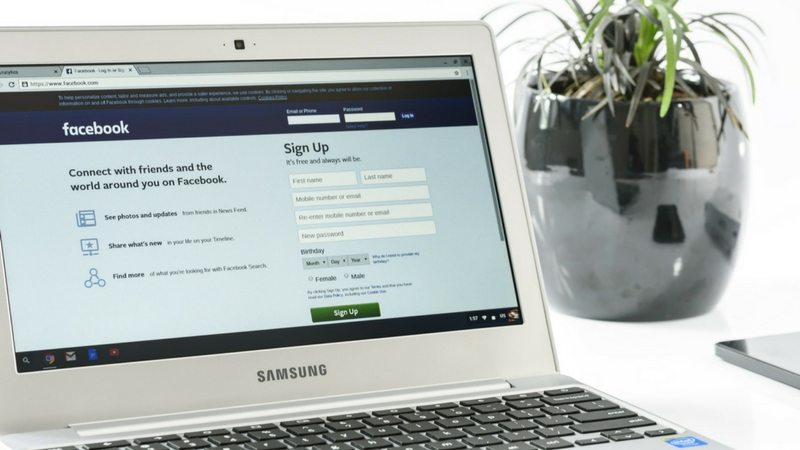A Simple Facebook Ads Strategy for Blog Promotion
Episode #8 of the course How to rapidly grow your email list by Jessica Festa
We’ve all heard about how we need to get on the Facebook Ads bandwagon. And truth be told, they do offer an inexpensive and effective way to reach your target audience.
While there are many strategies for targeting the right people using Facebook Ads, today, we’ll learn about one of the simplest and most powerful: going after a warm audience.
Hot vs Warm vs Cold Audience
First, let’s talk about the different types of audiences:
1. Cold. These are people who have never heard of you before. They’ll be the toughest to pitch to (though not impossible!).
2. Warm. These people have heard of you—maybe they’ve liked your Facebook page or read a blog post by you—but they haven’t joined your list or purchased from you.
3. Hot. They’ve already joined and maybe even purchased from you.
In this strategy, we’ll be going after those who are familiar with you but haven’t opted in yet. This strategy is known as “retargeting.”
Strategy
Step 1. Add the Facebook Pixel to your website (here’s how). This way, Facebook can see who has visited. Use the Facebook Pixel Helper Google Chrome extension to see if you’ve installed the Pixel correctly (it will show a green checkmark when you’re on your website).
Step 2. Give it some time to get to know your visitors. You’ll want a sizeable group to target, at least 100 people, but preferably more.
Step 3. Go into your Facebook Ads Manager and go to Audiences -> Create Audience -> Custom Audience. You can target anyone who visited your website in the last 180 days or less. Create another Custom Audience that Excludes anyone who visited your Content Upgrade’s thank you page (which means they’ve already opted in and won’t be shown your ad).
Step 4. Create Ad. Make “Conversions” your objective. Name your campaign (e.g. “60 Day Audience – Worksheets”) and choose your objective (e.g. Registrations).
Step 5. Enter your Conversion Event. This, again, is that Content Upgrade thank you page. This allows Facebook to know when an ad has led to a successful signup. Note: Visit the thank you page yourself if you’re having issues. Facebook needs the conversation event to be visited before it recognizes it. This also means the Facebook Pixel needs to be installed on this page.
Step 6. Add both your Custom Audiences to the Audience section.
Step 7. Skip down to Placements (automatic), Budget (start with $1/day), Conversion Window (1-day click), Bid Amount (automatic), Scheduling (all the time), and Delivery Type (standard).
Step 8. Create your Ad. Start with a “Single Image,” which gives you six images/graphics (1200 x 628 pixels). Since you’re targeting a warm audience who knows you, consider using your likeness in photos. Note: Facebook Ads limits the amount of text allowed on an image. You can check your images here.
Step 9. Fill out ad text. Use CoSchedule to create a snappy Headline, then make it clear what you’re promoting in the Text and let people know what to expect when they click in the Description. Make sure to follow Facebook’s recommended best practices.
Remember, this is just one example of many when it comes to Facebook Ads. Take advantage of Lookalike Audiences, which Facebook creates based off of a Source Audience (such as your website visitors or those who have already subscribed). You can even import your current email list to have Facebook create a similar audience to target. The possibilities are endless!
Your Turn
Start by installing the Facebook Pixel. Once you have that installed, create a Facebook Ads campaign with a goal of converting your warm audience to email subscribers.
Recommended book
Share with friends

